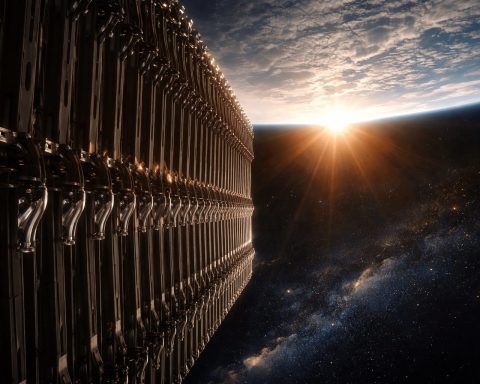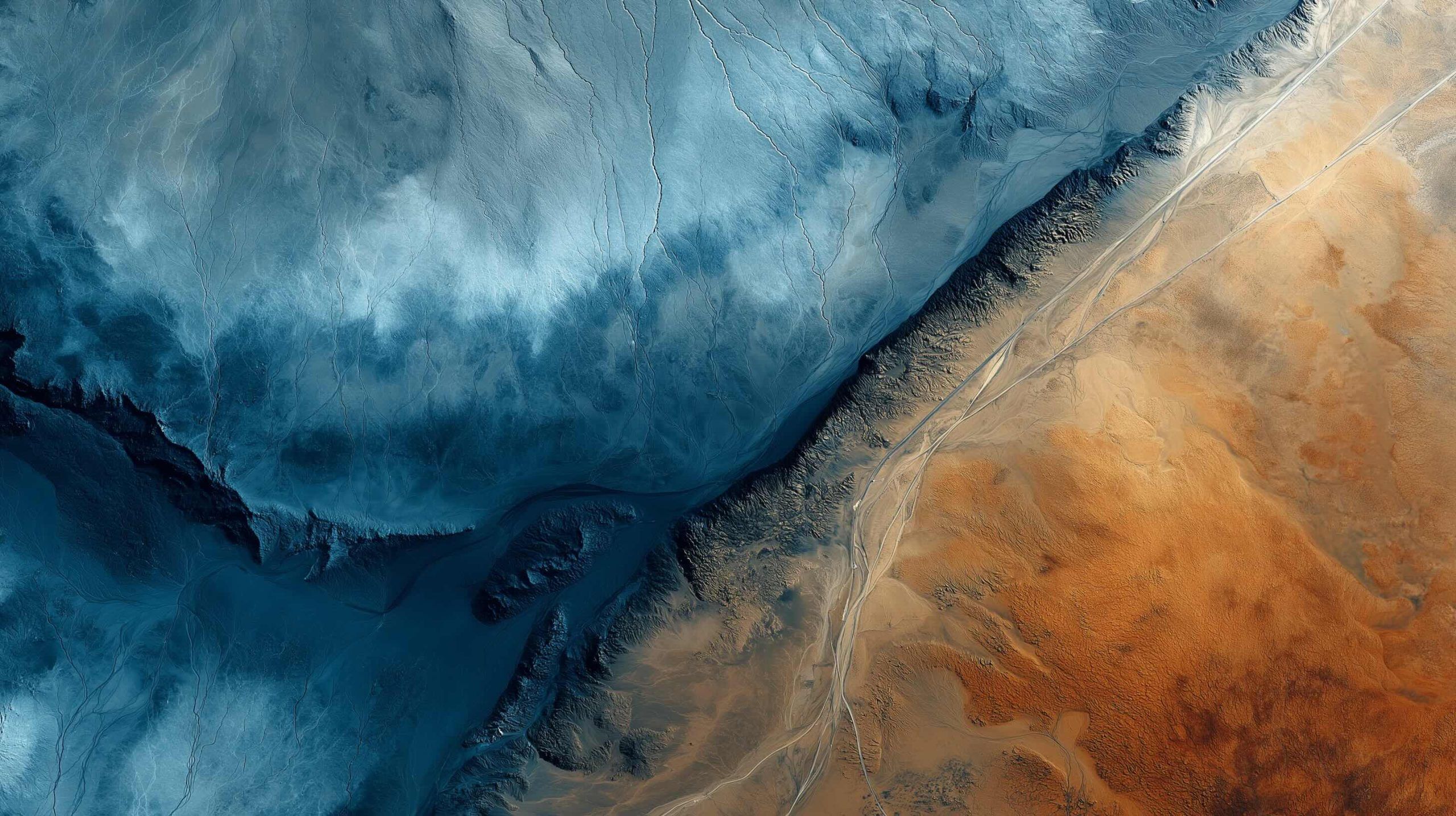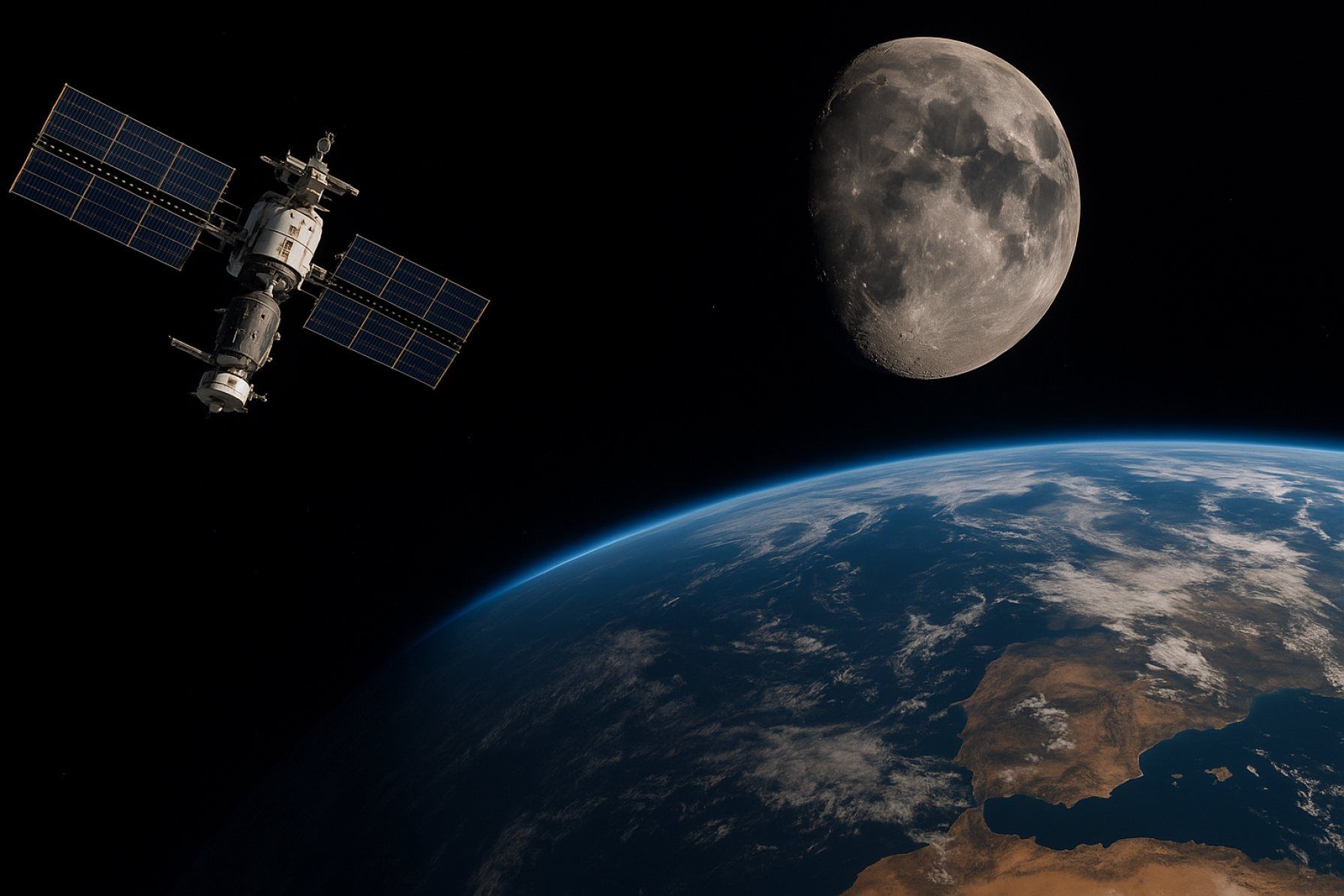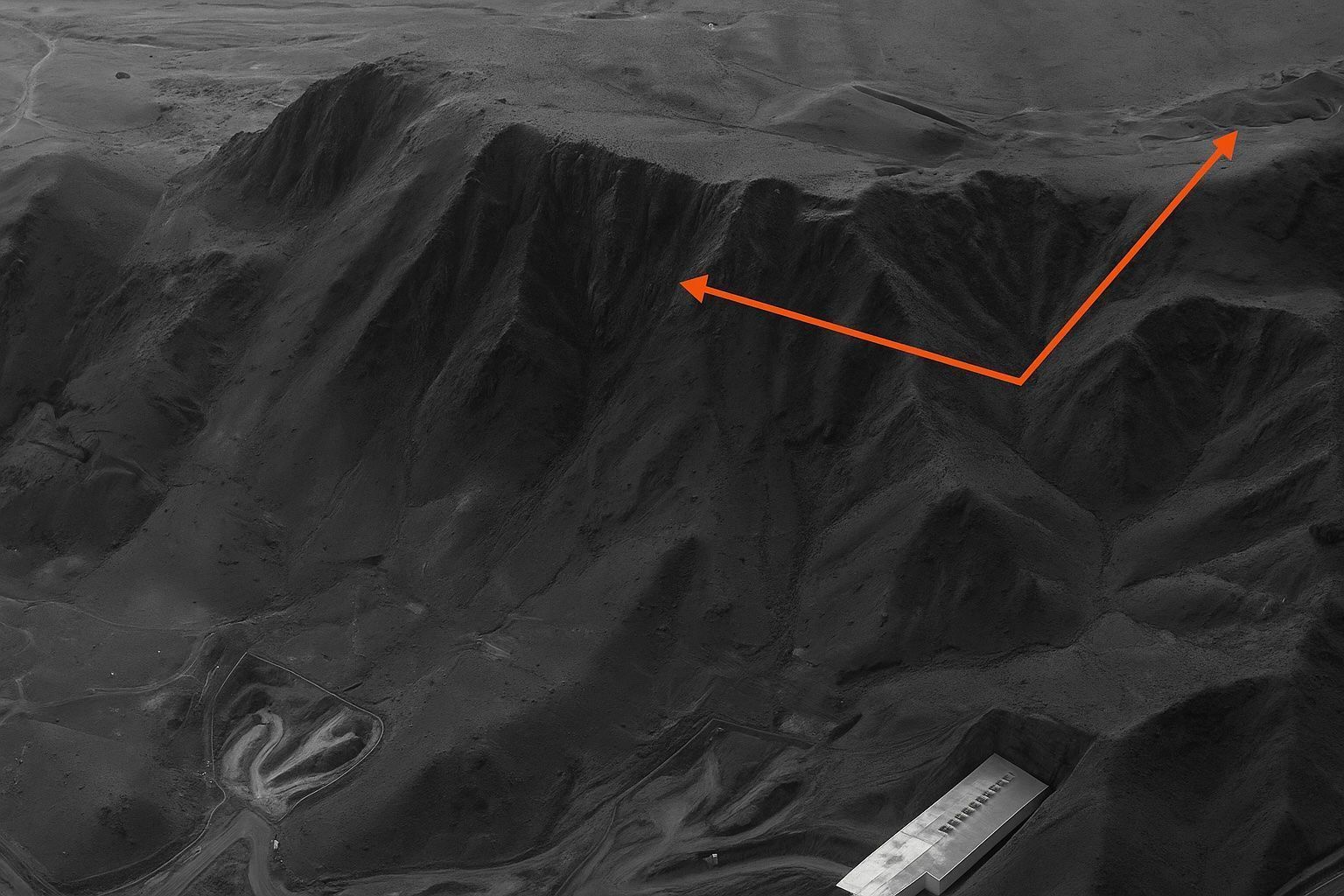
SpaceX Starlink Satellite 35956 Is Tumbling Toward Earth: New WorldView-3 Imagery Shows Craft Largely Intact After In‑Orbit Anomaly
On December 21, 2025, new details emerged about Starlink satellite 35956, the SpaceX internet satellite that recently suffered an on‑orbit anomaly and began tumbling as it slowly loses altitude. A fresh non‑Earth image collected by commercial space-surveillance firm Vantor using









